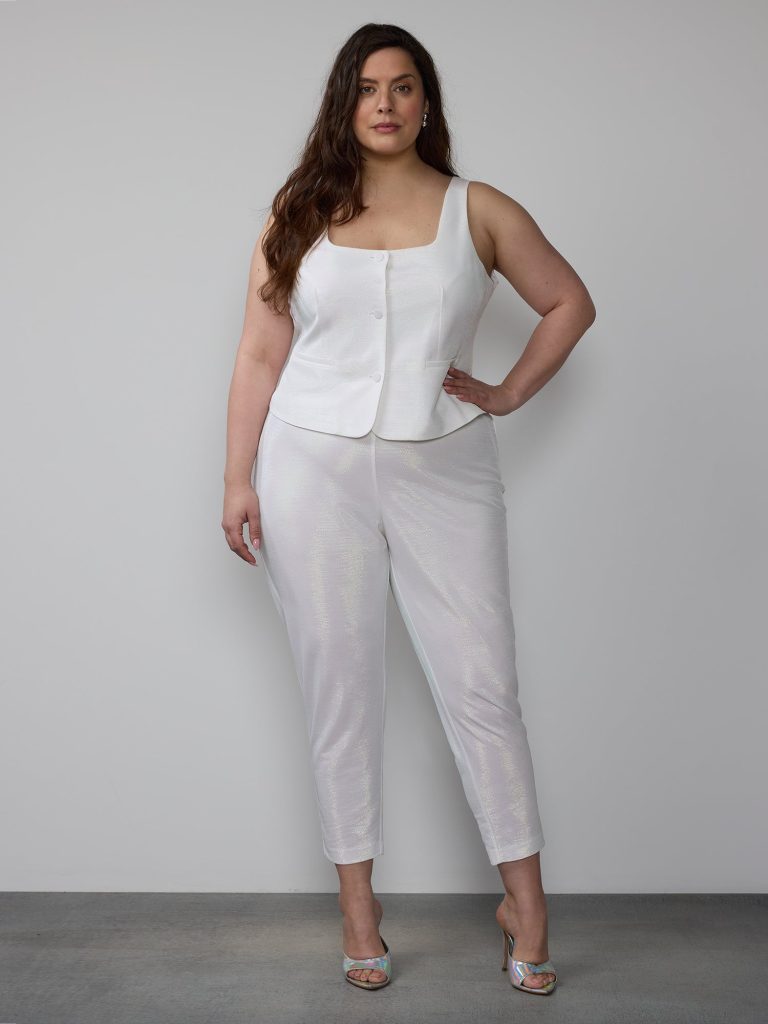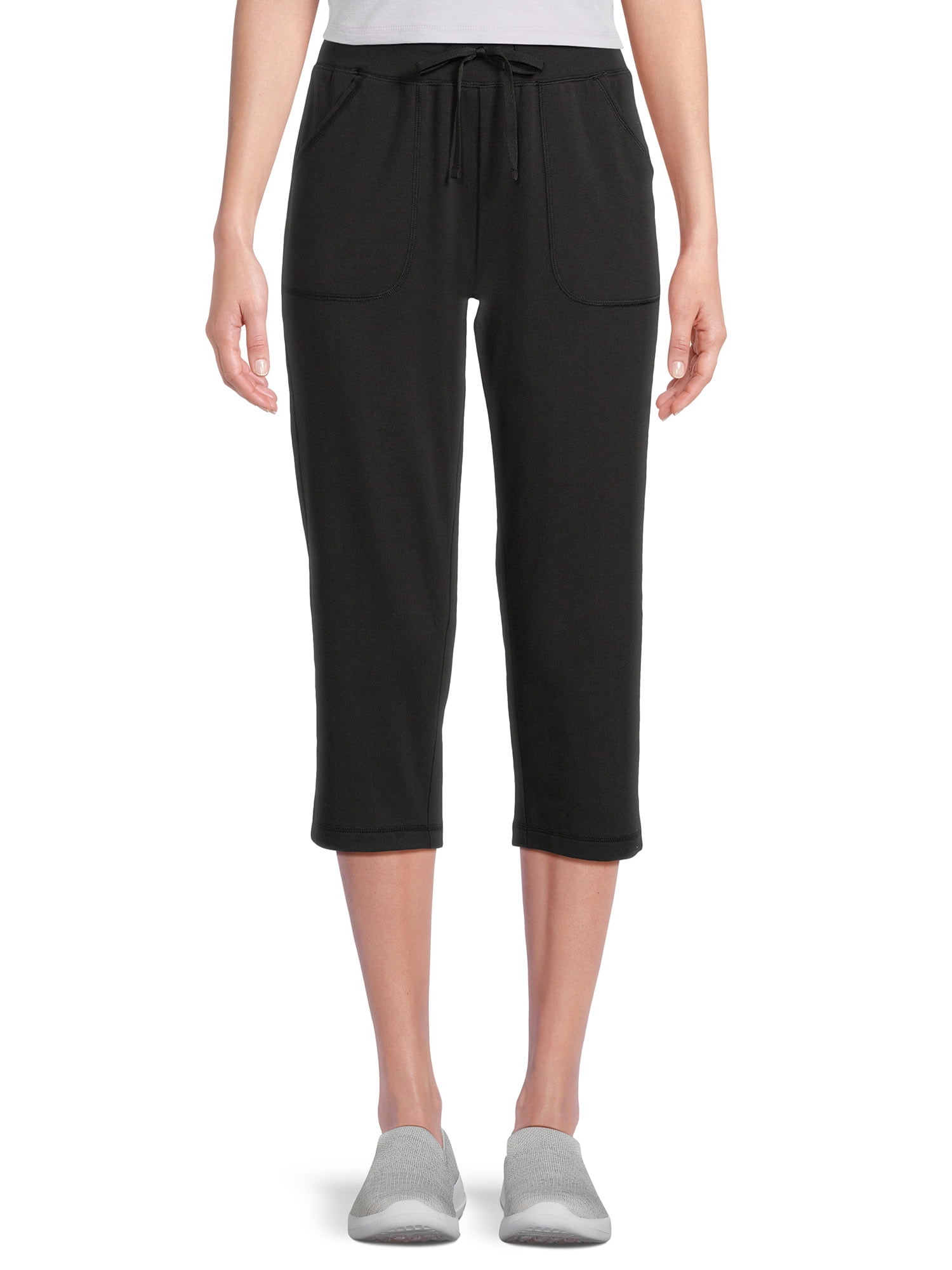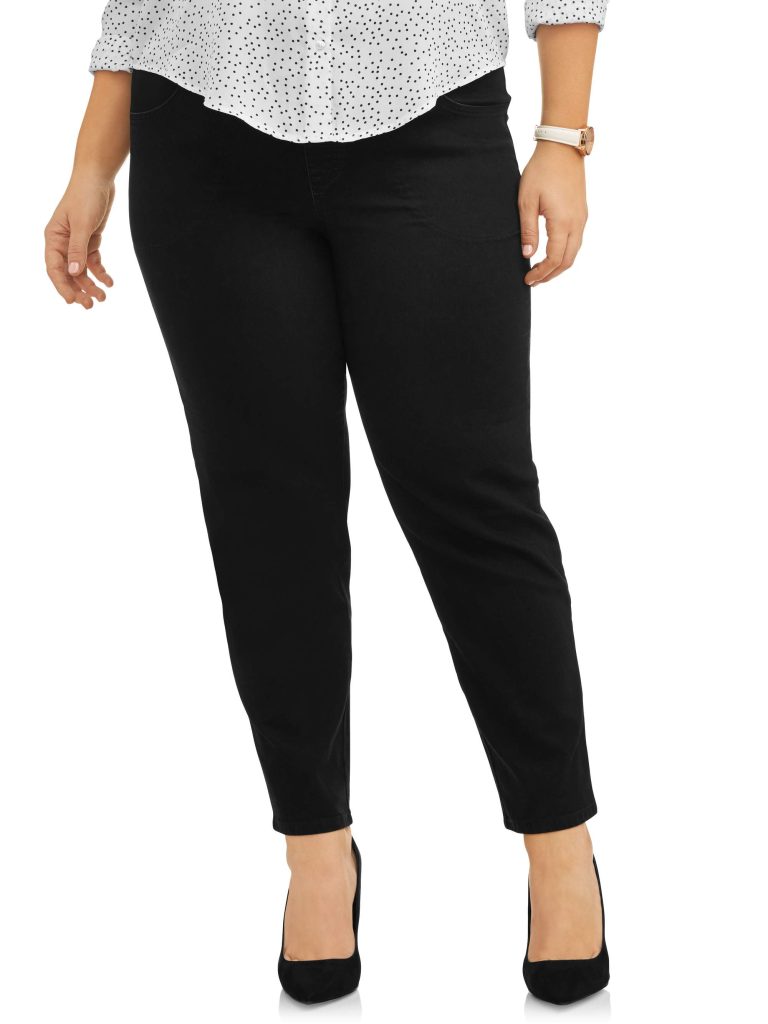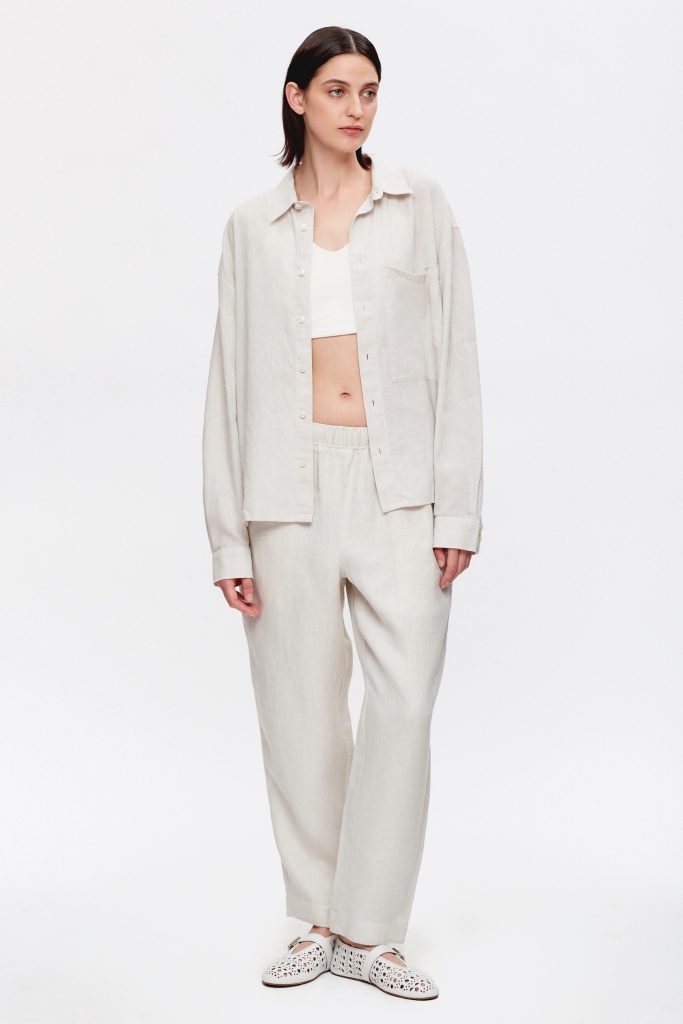Introduction
Shopping for the perfect pair of pants can be a thrilling yet daunting experience. With the myriad of styles, cuts, and sizes available, finding that ideal fit requires understanding the nuances of women’s pant sizing. This comprehensive guide aims to demystify the process, empowering you to make informed decisions and step out in confidence.

Understanding Standard Sizing
Standard women’s pant sizes in the United States typically follow a numerical system ranging from 0 to 20, with petite and plus-size options extending beyond this range. These numbers correspond to specific waist and hip measurements, but it’s essential to note that sizing can vary significantly between brands. A size 8 in one brand might fit like a size 6 in another, highlighting the importance of trying on clothes or referring to each brand’s sizing chart.
Measuring for Accuracy
To determine your accurate pant size, grab a flexible measuring tape and measure:
- Waist: Find the natural waistline, which is usually just above your belly button. Relax and breathe normally while measuring around the narrowest part.
- Hips: Stand with your feet together and measure around the fullest part of your hips.
- Inseam: For pants length, measure from your crotch down to the ankle bone along the inside of your leg. This measurement helps when selecting the right pant length, especially for trousers and jeans.
Understanding Fit Terminology
Different fits cater to various body shapes and personal preferences:
- Slim Fit: Hugs closer to the body, with a tapered leg.
- Regular Fit: Offers a bit more room through the thigh and leg.
- Relaxed Fit: Provides ample space for comfort and movement.
- Bootcut/Flared: Fits snug at the thigh and widens below the knee.
- High Rise, Mid Rise, Low Rise: Refers to where the waistband sits on your torso.
International Conversion
If shopping from international brands, familiarize yourself with conversion charts. European sizes generally run smaller than their U.S. counterparts. For example, a U.S. size 6 might convert to a European size 36.
Petite and Tall Sizes
Don’t overlook specialized sizing if you’re shorter or taller than average. Petite sizes cater to those under 5’4″, adjusting the inseam and overall length. Tall sizes offer additional length in the rise, inseam, and sometimes the leg width, catering to women 5’9″ and taller.
Embracing Body Diversity
Remember that no two bodies are alike, and it’s common to fall between sizes. Brands are increasingly adopting inclusive sizing, offering half sizes or extended ranges to accommodate more body types. Don’t hesitate to size up or down based on the desired fit or fabric stretch.
Trying Before Buying
When possible, try on pants before purchasing. Online shopping? Look for brands with lenient return policies, allowing you to order multiple sizes to try at home. Customer reviews can also provide valuable insights into how a particular style or size runs.
Understanding Fabric and Stretch
The type of fabric and its level of stretch play crucial roles in determining the right size. Here’s a quick guide:
- Non-Stretch Fabrics (e.g., cotton, linen): These materials have little to no give. You may want to opt for a size that allows comfortable movement without being too tight. Pay close attention to areas like the waist and hips.
- Mid-Stretch Fabrics (e.g., blended denim, twill): These offer some stretch but less than high-stretch materials. Consider sizing down if you prefer a snugger fit or if the pants will loosen slightly with wear.
- High-Stretch Fabrics (e.g., spandex blends, jeggings): These fabrics can accommodate a wider range of sizes due to their elasticity. If you prefer a fitted look, you can often size down, but for a looser fit, stick to your actual measurements.
Seasonal and Style Considerations
- Seasonal Wear: In warmer months, you might prefer lighter fabrics and looser fits for breathability. In colder seasons, thicker materials and perhaps a closer fit to layer effectively.
- Casual vs. Formal: Casual wear like jeans or yoga pants might allow for a more relaxed fit, whereas formal pantsuits or dress pants typically require a tailored, precise fit for a polished look.
Custom Tailoring
For a truly personalized fit, consider investing in custom tailoring. Many boutiques and some larger retailers offer alteration services. Even small adjustments like hemming or nipping in the waist can transform an almost-perfect pair into your go-to pants.
Emphasizing Comfort
Comfort should never be compromised for style. Prioritize finding pants that feel good on your skin and don’t restrict your movement. The perfect fit should make you forget you’re wearing them, allowing you to focus on your day with ease.
Building a Versatile Wardrobe
As you explore different fits and styles, aim to build a versatile wardrobe that complements your lifestyle. Having a mix of casual, business casual, and formal pants ensures you’re prepared for any occasion.
Technology and Online Tools
Many brands now offer virtual fitting rooms or size recommendation quizzes on their websites. These tools use your measurements and preferences to suggest the best size and fit, enhancing the online shopping experience.
Building a Versatile Wardrobe
A mix of pant styles ensures versatility for different occasions and body fluctuations. Essentials might include:
- Classic Trousers: For formal settings or professional attire.
- Jeans: A casual staple, available in various washes and fits.
- Leggings: Comfortable for lounging, exercise, or casual outings.
- Wide-Leg Pants: Fashion-forward and flattering on most body types.
- Joggers: Combining comfort and style for a relaxed, athleisure look.
Emphasizing Comfort
Ultimately, the perfect fit goes beyond measurements; it’s about how the pants make you feel. Prioritize comfort alongside style. Pants that are too tight can restrict movement and cause discomfort, while overly loose pants can appear ill-fitting. The right balance ensures you feel confident and at ease all day long.
Utilizing Technology
Many online retailers now offer virtual fitting rooms or size recommendation tools based on your measurements. While these technologies are improving, they’re not foolproof. Use them as a guide but remain open to trying different sizes based on customer feedback and your own experience with similar products.
Final Thoughts
Finding the perfect fit in women’s pants is a journey of self-awareness and patience. By understanding standard sizing, taking accurate measurements, and embracing the diversity of fit options, you’ll be well-equipped to curate a wardrobe that not only flatters your figure but empowers you with comfort and confidence. Remember, the right fit isn’t about conforming to a number—it’s about celebrating your unique silhouette and feeling great in what you wear.





